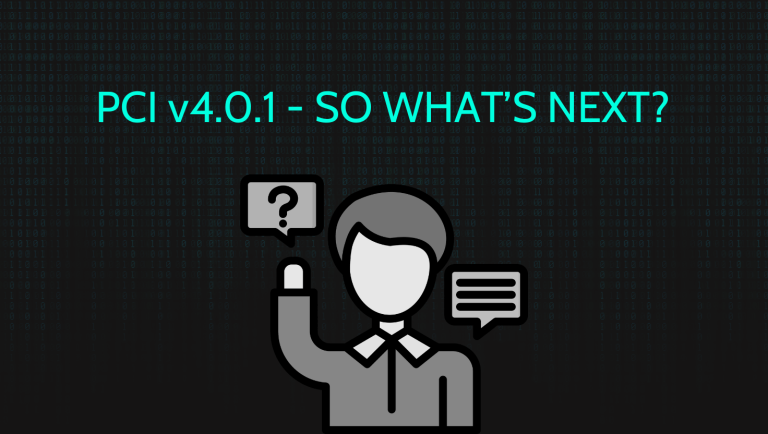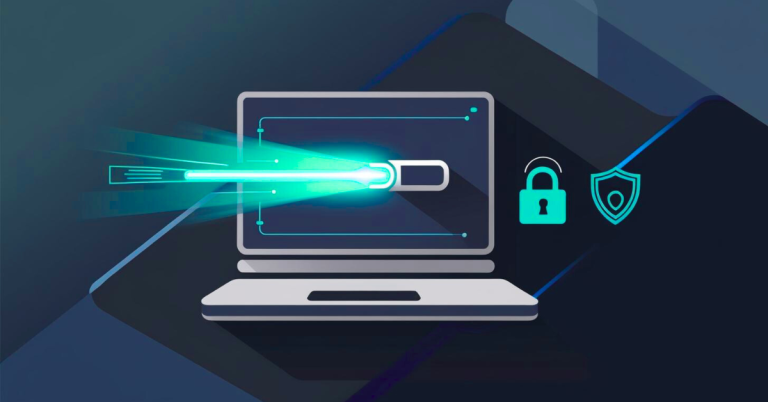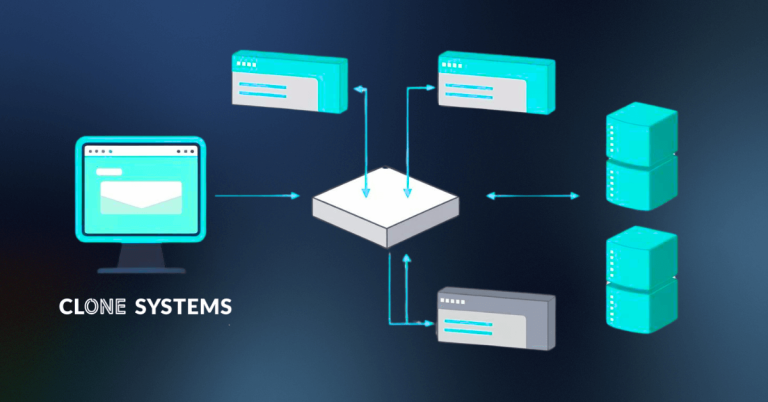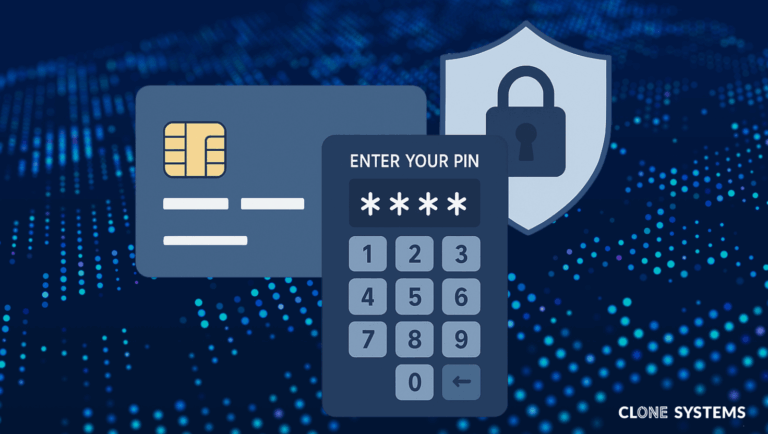Fintech in 2025: Fast Money, Smarter Security
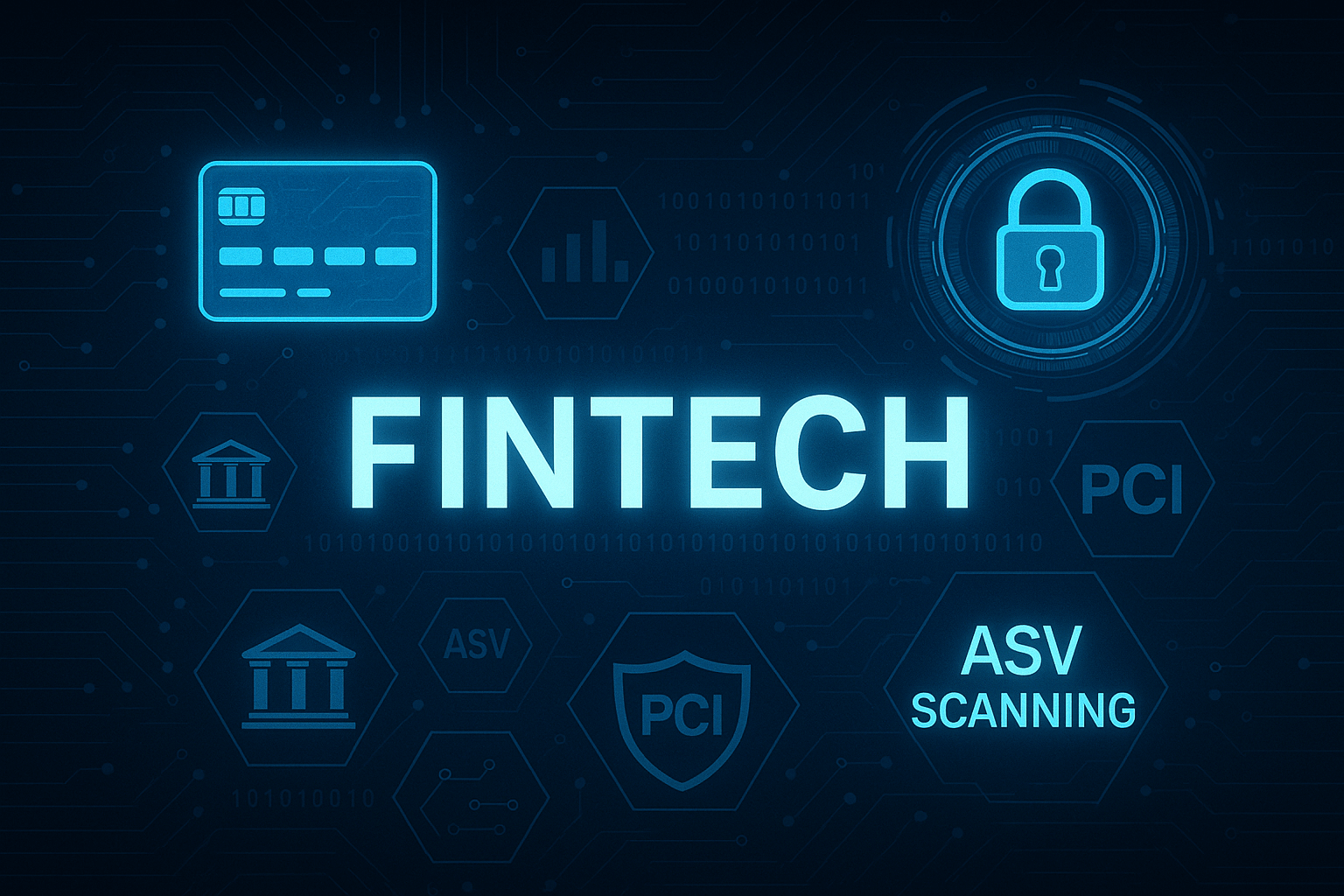
The fintech landscape in 2025 is evolving at record speed. Real-time payments, artificial intelligence, and complex global compliance frameworks are pushing companies to adapt quickly. At the heart of it all remains one critical truth: payment security cannot be left behind. Compliance with PCI DSS version 4.0.1 and regular ASV scanning are no longer just checkboxes. They are core to scaling safely and earning long-term trust.
Real-time payments have shifted from competitive advantage to baseline expectation. Globally, real-time payment transactions surpassed 260 billion last year, with some regions experiencing double-digit growth quarter over quarter. India’s Unified Payments Interface continues to dominate, processing billions of transactions per month. Meanwhile, the United States is gaining momentum with the Federal Reserve’s FedNow Service, which now supports over a thousand financial institutions and enables funds to move instantly, day or night. However, instant payments bring instant risk. The faster money moves, the faster fraud can spread. This shift demands faster detection, faster remediation, and stronger external controls. That is where vulnerability scanning plays a vital role.
Artificial intelligence has also embedded itself into the fintech ecosystem. AI is now used for fraud scoring, behavioral analysis, compliance automation, and predictive risk modeling. Germany’s financial regulator, for example, recently integrated AI tools to improve how it detects market abuse and unusual trading behavior. Fintech companies are deploying similar models to strengthen KYC programs, automate reporting, and enhance operational decisions. But no matter how advanced AI becomes, it still must operate within a secure environment. PCI DSS 4.0.1 applies to any system that stores, processes, or transmits cardholder data. That includes infrastructure running AI. External-facing systems that support or connect to these platforms must be scanned routinely to ensure they do not expose the entire operation.
ASV scanning remains one of the most effective and scalable ways to meet this requirement. Under PCI DSS 4.0.1, vulnerability scans must be conducted at least quarterly and after any significant network changes. These scans help identify known vulnerabilities in systems exposed to the internet. They also allow organizations to prioritize remediation, provide documentation to their QSA or acquirer, and ultimately reduce the likelihood of a breach. For fintech companies handling payments, onboarding customers, or operating customer portals, these scans are foundational to proving security maturity.
The modern fintech ecosystem is built on partnerships and platforms. Open banking APIs, cloud-native architecture, and embedded finance models are reshaping the flow of money. But every new integration expands the surface area of risk. A single insecure script, a poorly secured endpoint, or a misconfigured server can jeopardize the integrity of the entire system. Fintech companies must treat their public infrastructure as shared responsibility zones. ASV scanning ensures that all entry points into the environment are regularly tested and kept secure.
More than just a requirement, PCI compliance has become a business enabler. In 2025, enterprise buyers, large processors, and global acquirers are performing deeper security reviews before signing contracts. Fintech companies that treat PCI DSS and ASV scanning as part of their standard operating model stand out. These practices accelerate onboarding, simplify due diligence, and support faster growth. They show partners and regulators that security is not just a reaction. It is built into the DNA of the organization.
As fintech continues to grow and transform, companies that invest in continuous compliance and proactive vulnerability management will lead the pack. PCI DSS version 4.0.1 and ASV scanning are no longer about passing audits. They are about proving readiness in a connected financial world where trust is the ultimate currency.
